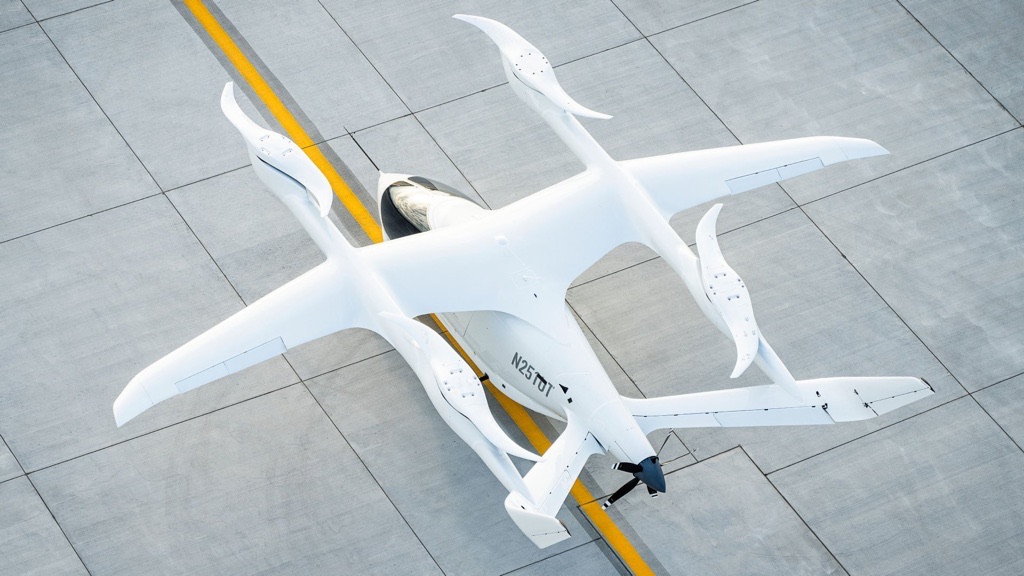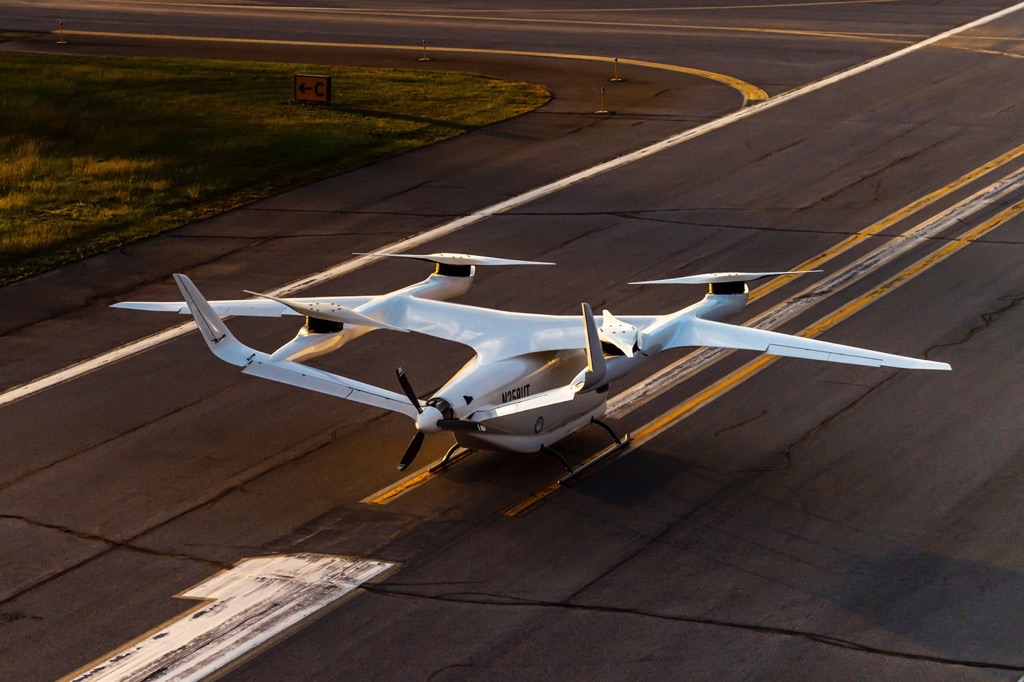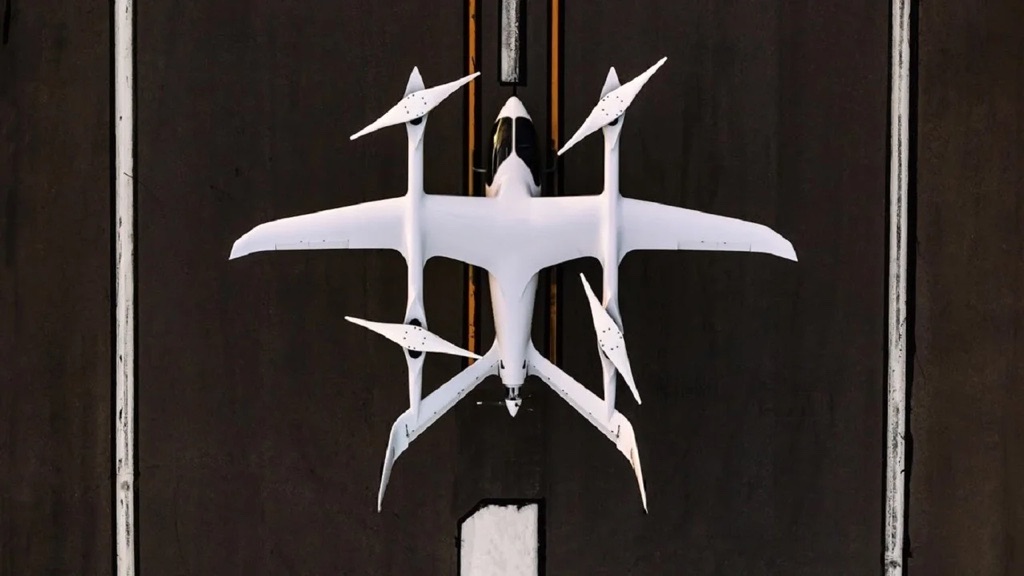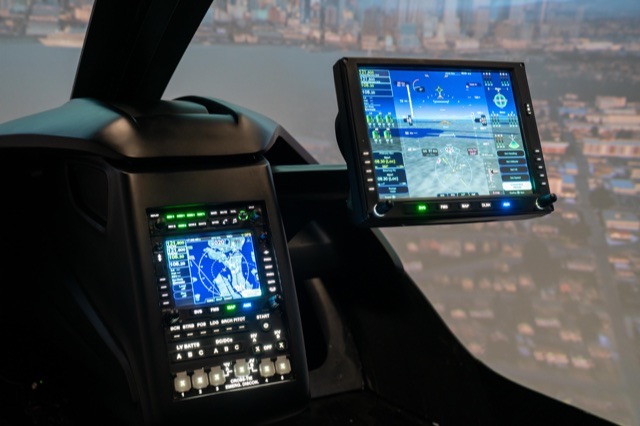Is it a bird? A plane? No, it’s the ALIA – BETA Technologies’ impressively weird electric vertical take-off and landing (VTOL) aircraft. This futuristic flying machine looks like it was ripped straight from a sci-fi movie, seamlessly transitioning from vertical helicopter-style lift-off to zippy forward flight like an oversized drone.
If you’re not familiar with the eVTOL concept, it’s essentially an electric aircraft that can take off and land vertically without a runway, like a helicopter. But instead of big, heavy rotor blades, eVTOLs use multiple smaller rotors or propellers for lift during take-off and landing.
Once airborne, they switch to winged flight mode and cruise around like a conventional plane. It’s an ingenious idea that could revolutionize urban air mobility by allowing these weird flying machines to pick up and drop off passengers from virtually anywhere.
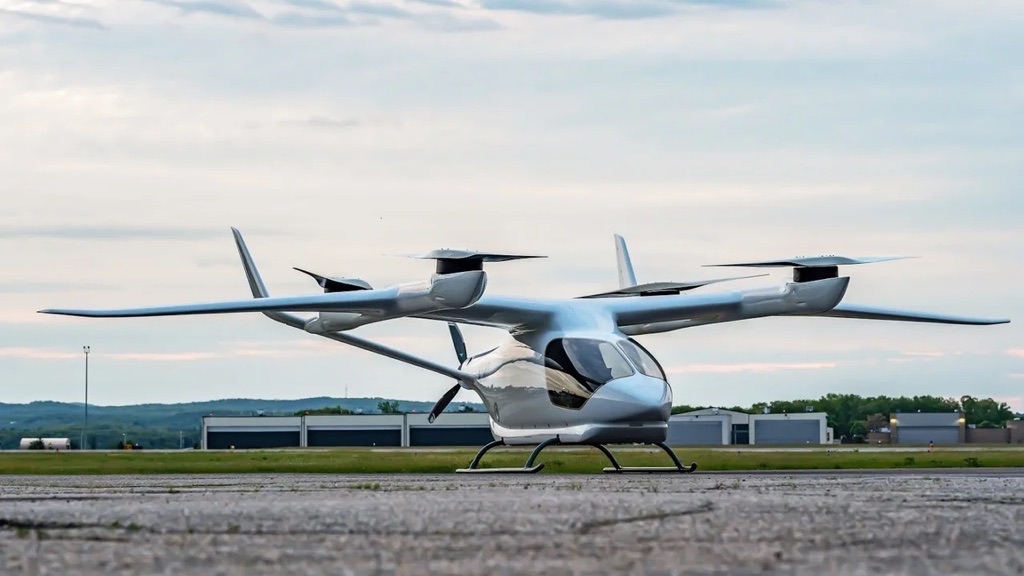
The ALIA Up Close
BETA’s ALIA eVTOL is one of the most advanced and production-ready designs out there. This oddball aircraft has:
- 4 vertical lift rotors for take-off and landing
- 1 pusher propeller for forward flight
- Electric motors & batteries powering the whole system
- A 50-foot wingspan and 16-foot height (about the size of a large van)
- 250 nautical mile range and 170 mph top speed
- Capacity for 5 passengers or 1,500 lbs payload
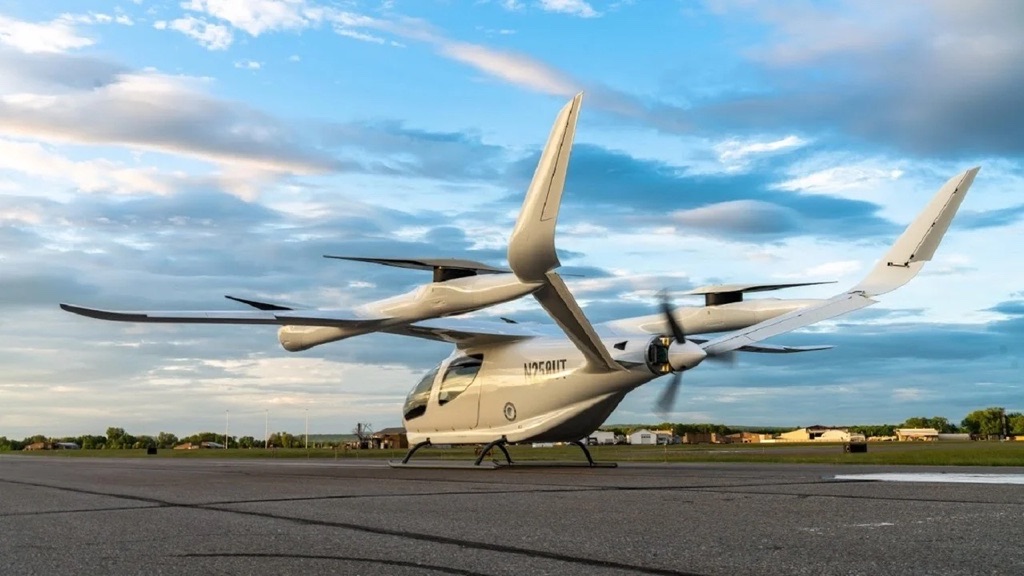
Electric VTOL aircraft Electric VTOL aircraft
Its party trick is rapidly transitioning from vertical lift to horizontal flight by stopping the vertical rotors and firing up that big pusher prop in the rear. Check out this video from BETA to see the bizarre lift-off to forward flight transition in action:
[Describe video showing vertical lift-off and transition to forward flight]
Pretty wild, right? The way it smoothly glides from a hovering lift-off to zipping away like a startled hummingbird is both unsettling and mesmerizing. Bewildering yet brilliant.
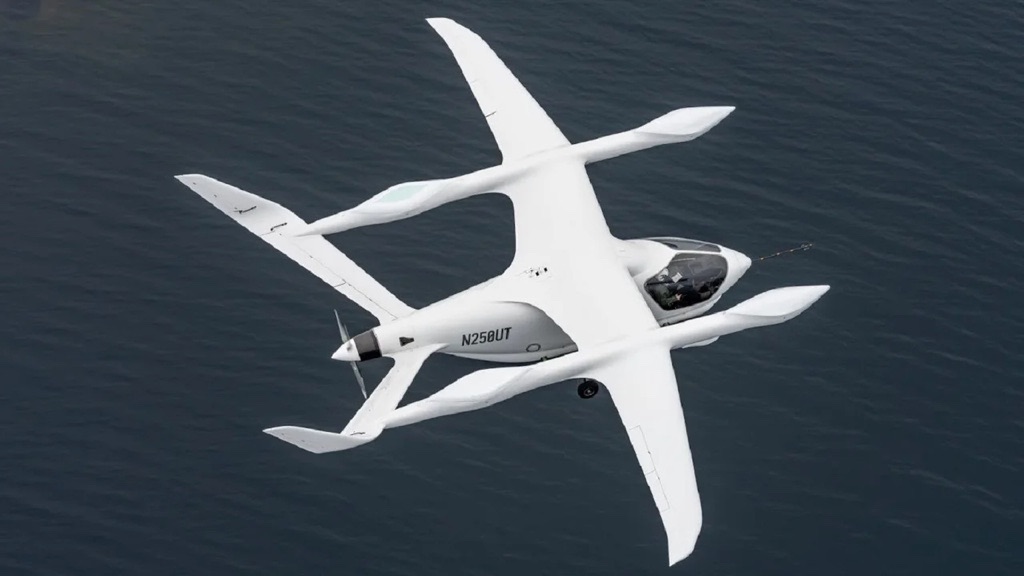
This magical balance of vertical lift and winged flight is the key enabler for eVTOLs like the ALIA to serve as a sort of futuristic hybrid between a helicopter and a small aircraft. BETA envisions their creation enabling all sorts of new aerial services, like:
- Emissions-free air taxi services for that Paul Atreides feeling of cruising over city traffic
- Rapid organ transport to get life-saving organs where they need to go fast
- Airport/heliport shuttle services for hotels and private residences
- Military applications like troop transport or unmanned cargo hauling
-
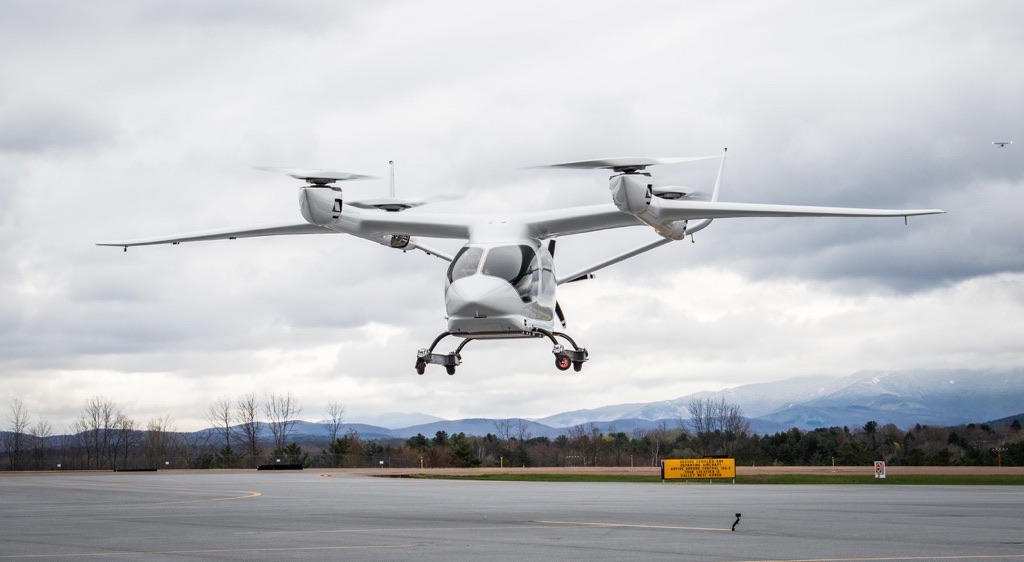
Aircraft Beta ALIA 2
Taking to the (Urban) Skies
Speaking of cities, BETA’s goal for the ALIA is tackling the “urban air mobility” problem. You know, providing efficient, eco-friendly transportation that bypasses grid-locked city streets. Cool idea in theory, but plenty of obstacles to overcome first:
- Noise concerns from all those rotors and propellers buzzing overhead. Not ideal for populated areas.
- Battery range is still quite limited compared to fossil fuel aircraft or even electric cars on the ground.
- Regulatory hurdles and establishing air corridors and takeoff/landing spots in crowded metros.
- Convincing people it’s safe to fly in these weird new aircraft!
-
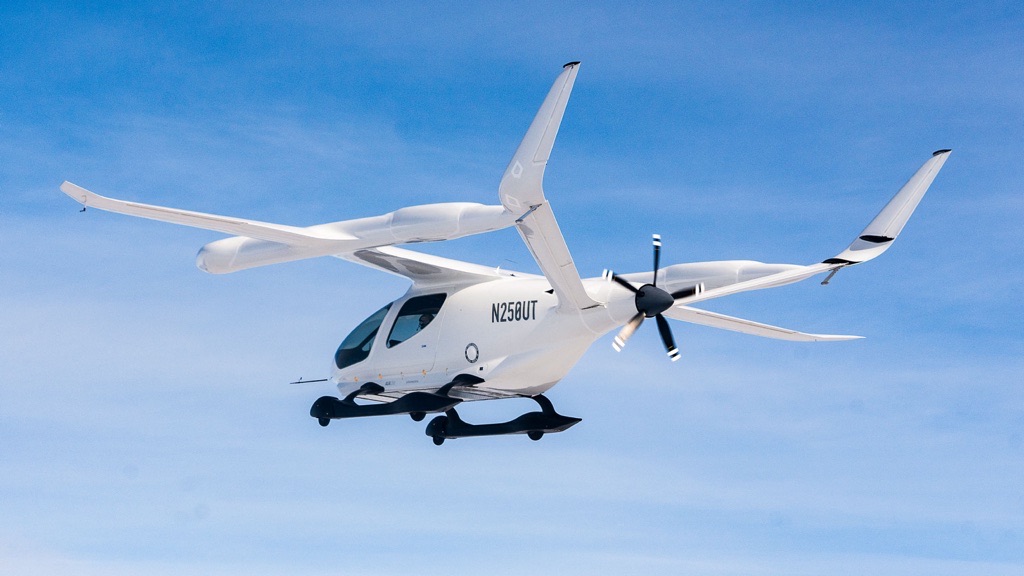
Aircraft Beta ALIA 2
Those are big challenges, but eVTOL developers are working closely with regulators to address them. Air taxis and parcel delivery drones may start small but could become ubiquitous if the tech is proven reliable.
How Much for a Flying Electric Wakandan Shuttle?
Okay, maybe the ALIA isn’t quite Wakandan levels of advanced. But it’s still pretty darn futuristic compared to the helicopters and small aircraft we have now. All that cutting-edge electric propulsion and fly-by-wire control doesn’t come cheap though.
BETA estimates the ALIA eVTOL will cost between $4 million to $5 million per unit. That’s more than an executive helicopter, but remember – this thing is 100% electric with zero emissions. The operating costs should be significantly lower.
Of course, that elite sticker price puts personal ownership out of reach for most of us mere peasants. But as a proof-of-concept for the eVTOL revolution and platform for future air mobility services, the ALIA is incredibly promising.
Are eVTOLs like this the future of urban transportation then? That’s still yet to be determined. But with BETA and others continuing to push this advanced tech forward, the skies could start looking a lot more…electric. Bring it on!
